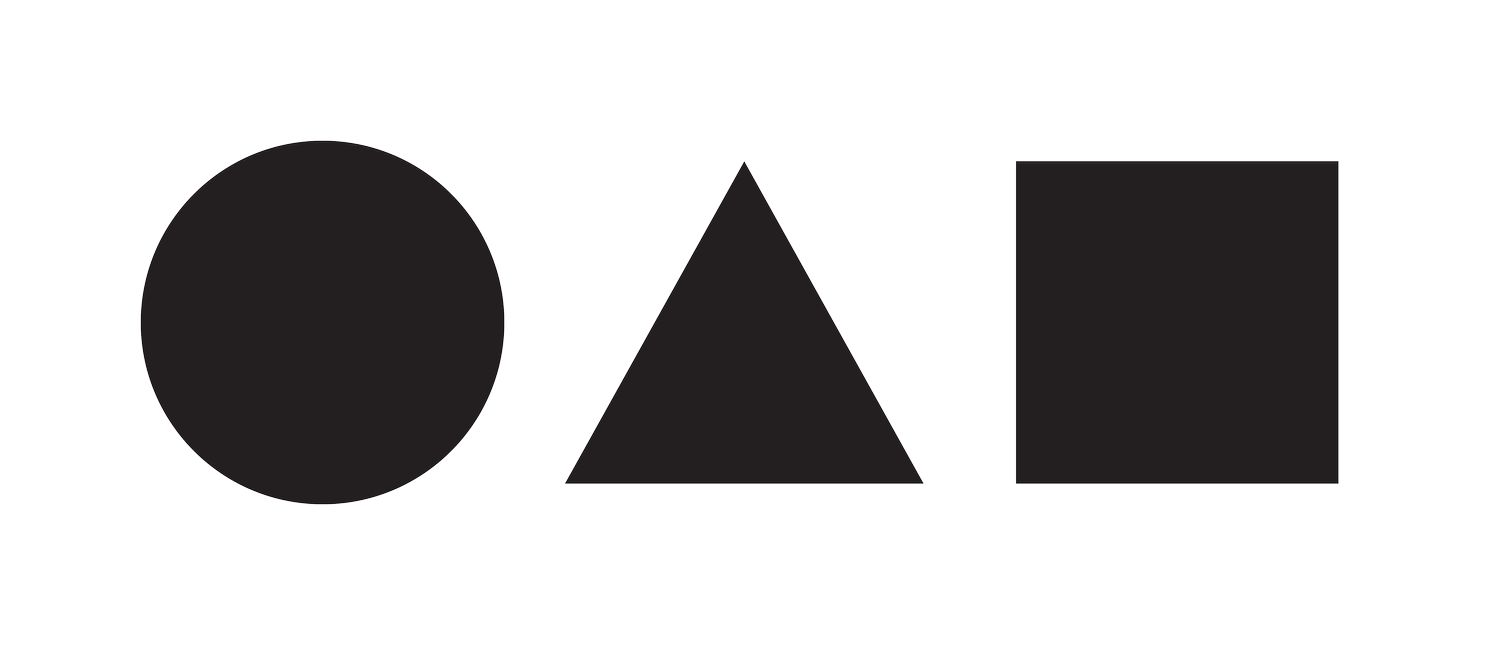Intuition vs. Pattern Recognition: More Different Than You Think
I am sure we've all experienced a gut feeling, that inexplicable sense that something's right or wrong, even without a clear explanation - we often label this intuition. But might we be experiencing pattern recognition? As a curious individual and a professional coach, this distinction has captured my attention, and I'd like to share what I'm discovering about these two distinct mental processes.
The remarkable nature of intuition
True intuition manifests as knowing without understanding the source of that knowledge. Consider the A&E nurse who senses a patient's impending crisis before monitors show warning signs or the experienced negotiator who perceives underlying tensions in a high-stakes meeting before anyone speaks.
Intuition has distinctive characteristics:
It arrives with quiet persistence
It presents without judgment
It comes as a complete package, not a step-by-step analysis
It often appears suddenly with certainty
Its source isn’t immediately clear
It frequently involves emotional or physical sensations
It transcends logical analysis
Think of intuition as your mind processing information beneath conscious awareness - calculating thousands of variables silently before presenting you with an answer.
Pattern recognition: the conscious counterpart
Pattern recognition operates differently. Picture a chess master scanning a board and immediately identifying potential moves. This comes from seeing similar configurations countless times, allowing their brain to match current patterns with stored memories.
Pattern recognition has its own signature:
It builds through repeated exposure
You can typically explain the logical steps
It improves directly with deliberate practice
It operates in conscious awareness
It follows clear rules and sequences
How they work together
Imagine pattern recognition as your mind's torch - bright, focused, and directional. Intuition functions more like a floodlight - softer, wider, illuminating unexpected areas. An experienced detective demonstrates this partnership when they "intuitively" sense something is amiss in a suspect's story (intuition) while consciously noting inconsistencies that match deceptive behaviour patterns (pattern recognition).
The science behind the experience
Neuroscience reveals these processes use distinct neural pathways. Pattern recognition engages the prefrontal cortex and explicit memory systems - analytical and sequential. Intuition involves deeper brain structures, including the basal ganglia and insula, processing information in parallel through implicit memory and emotional experiences.
When to trust each approach
Pattern recognition excels in:
Learning new skills
Analysing data
Solving structured problems
Making comparisons
Finding errors in familiar systems
Intuition shines when:
Facing novel situations
Dealing with complex human dynamics
Making decisions with incomplete information
Responding to emergencies
Sensing emotional undercurrents
Practical application
Understanding these distinctions affects how we develop each ability. Pattern recognition improves through conscious study and repeated exposure. Intuition requires a different approach - creating space for reflection and learning to trust subtle feelings and hunches.
For reflection
When did you last experience a clear intuitive hit that proved accurate?
Can you recall a time when pattern recognition helped you solve a complex problem?
How might you better balance these complementary abilities in your decision-making?
The real magic happens when we learn to use and trust both. Pattern recognition can verify intuitive hits, while intuition can guide you when patterns aren't obvious. They're complementary tools, each valuable in its own right and when used skilfully can guide our decisions and actions effectively.
The supervision connection
As coaches, we regularly engage both intuition and pattern recognition in our practice. Having a skilled supervisor creates valuable space to examine which of these processes guides our interventions with clients. Through supervision, coaches gain clarity about their instinctive responses versus their pattern recognition, enabling more conscious choices in their coaching approach therefore improving their flexibility.
If you're curious about exploring how supervision could enhance your understanding of your own intuitive and analytical processes, I invite you to reach out. My supervision practice offers both individual and group formats where we can examine these dynamics in depth.
Contact me at amanda@loreconsultancy.com to discuss how supervision might support your development as a coach.
------
Amanda Livermore is the founder of LORE Consultancy Ltd. She is a Professional Certified Coach (PCC) with the International Coaching Federation (ICF), a trained mentor coach, and a coach supervisor.
